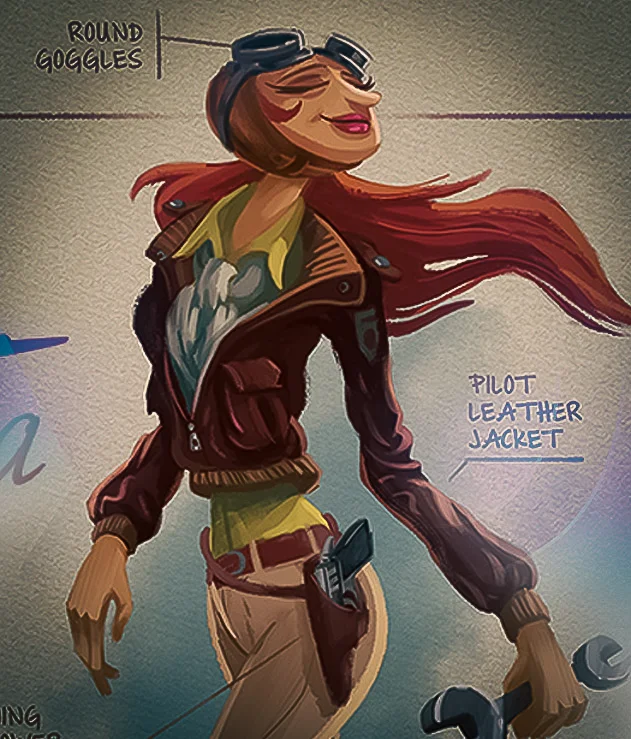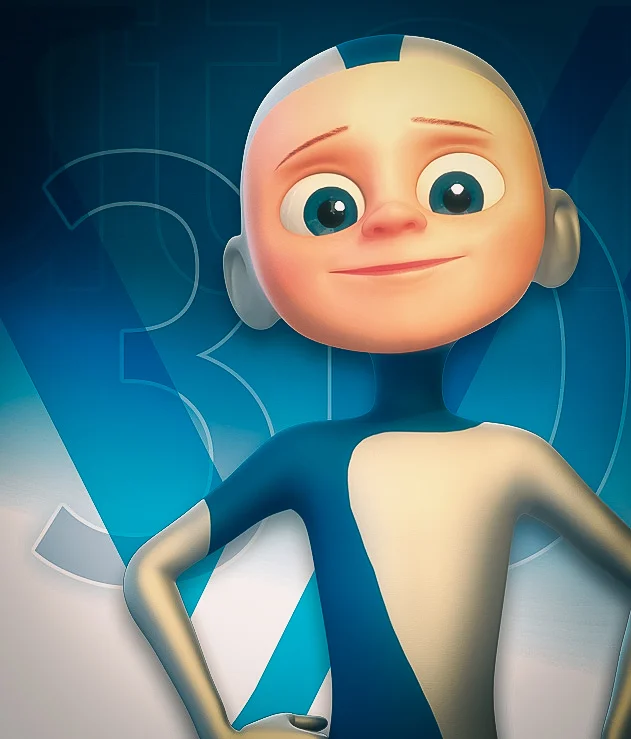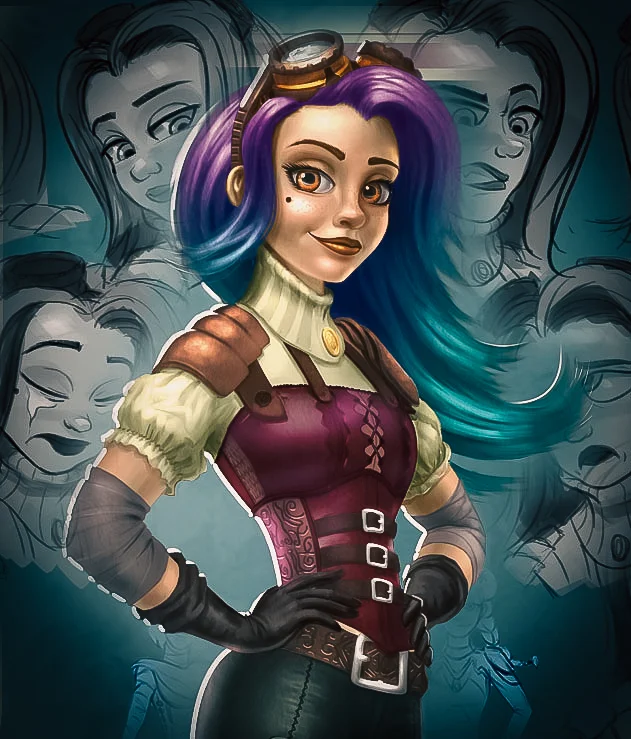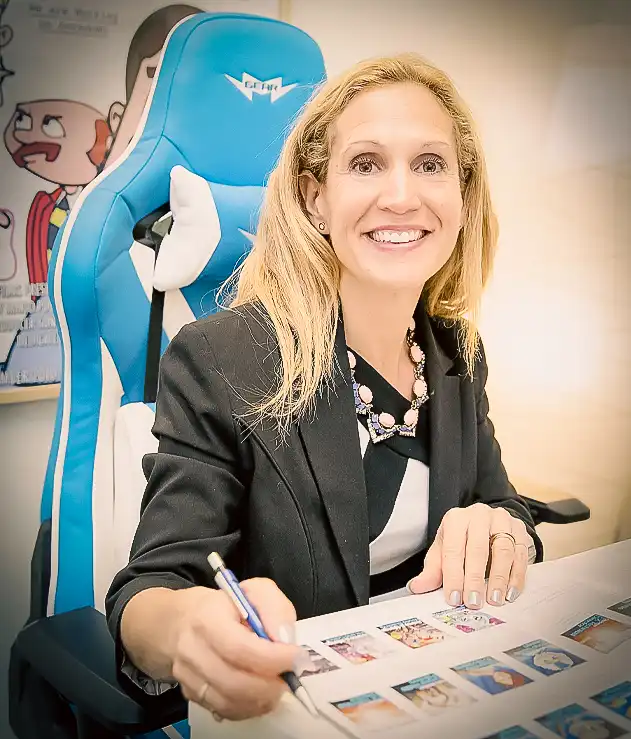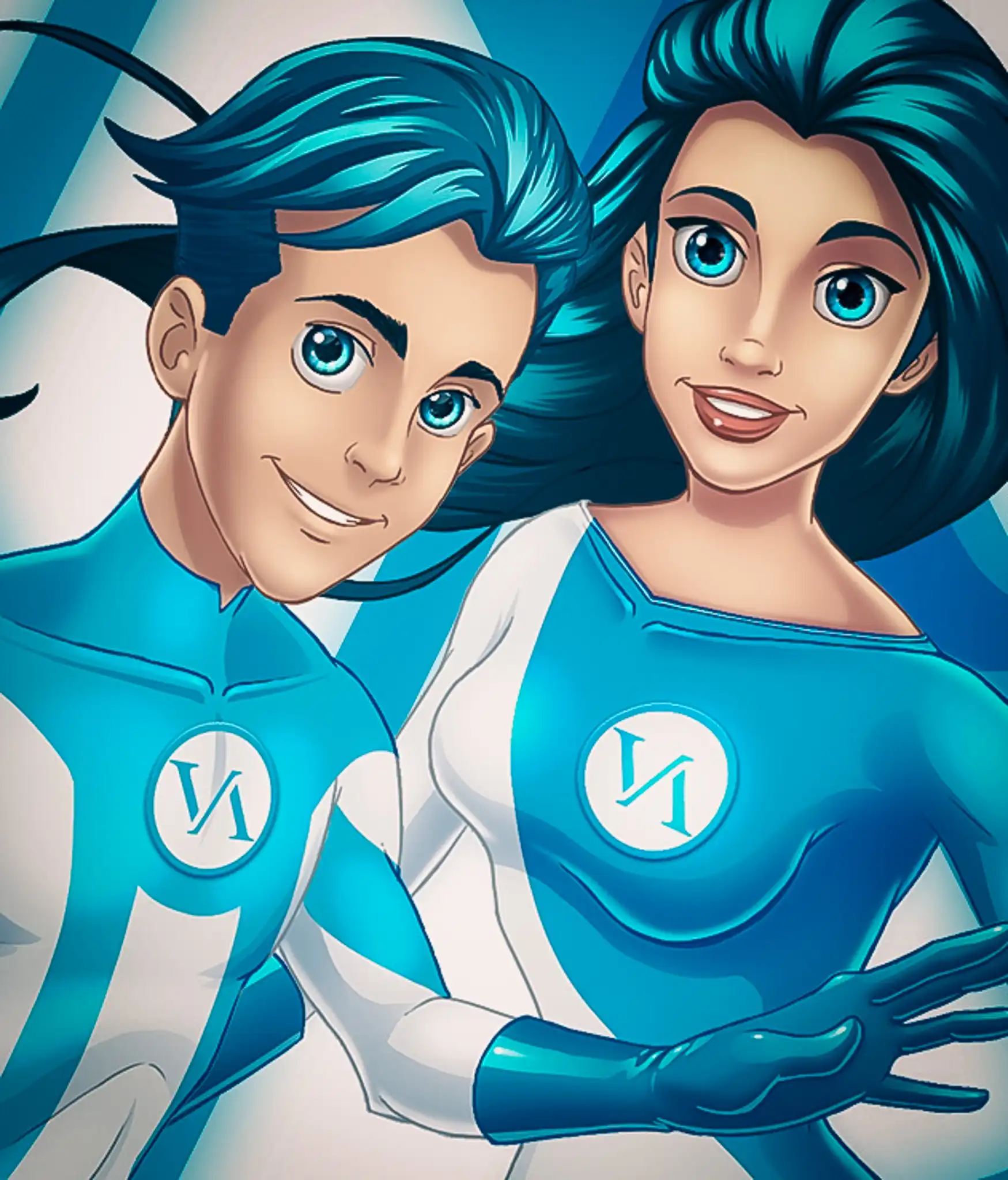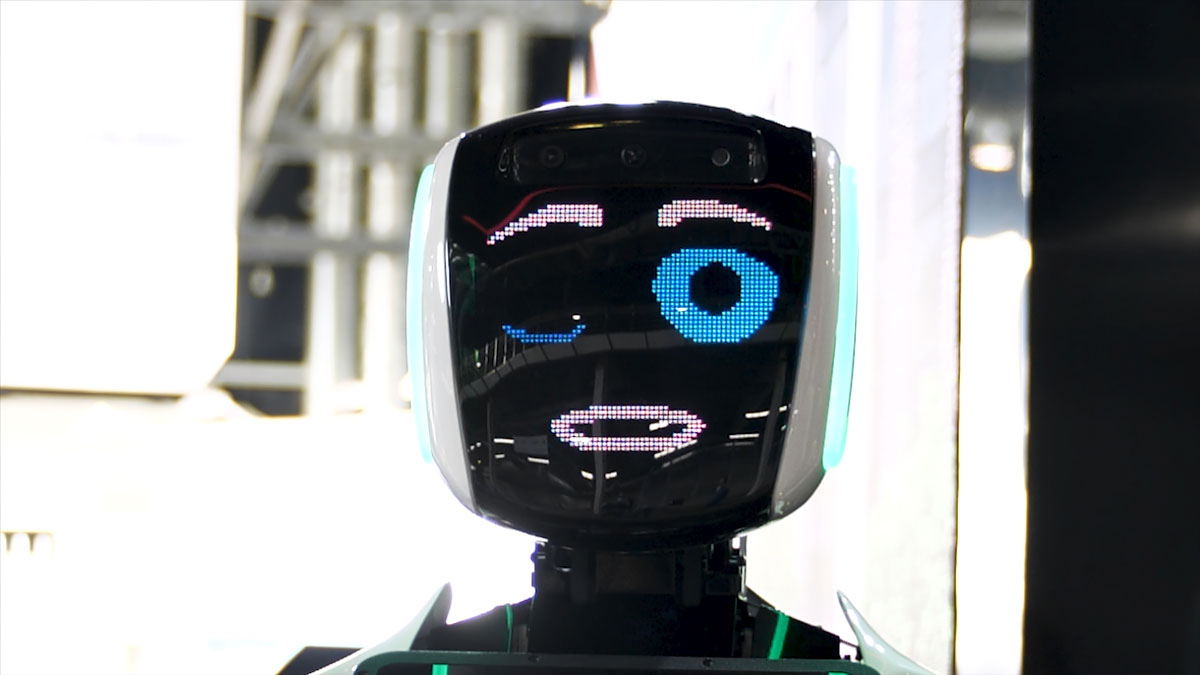 Image: Baldasaridstock (Motion Array)
Image: Baldasaridstock (Motion Array)
How Professional Digital Artists Produce Better AI
Understanding AI in Digital Art
Before diving into how professional digital artists utilize AI, let's first understand what AI is and its role in digital art. Artificial Intelligence refers to the simulation of human intelligence processes by machines, particularly computer systems. In digital art, AI algorithms are used to automate tasks, generate content, and assist in creative decision-making.
Using AI for Animation
One of the key areas where AI is making a significant impact is in animation. Professional animation artists use AI-powered software to streamline the animation process, improve character rigging, and enhance motion capture techniques. AI analyzes motion data, predict movement patterns, and even generate realistic facial expressions, making animations look more natural.
Key Takeaways for Animation:
- AI-powered tools streamline the animation process
- AI enhances character rigging and motion capture
- AI algorithms improve the realism of animation
Combining Video Game Development with AI
In the video game industry, AI plays a crucial role in various aspects, including character behavior, procedural generation, and others. Professional video game programmers use language models to create dynamic and responsive game worlds, where non-player characters (NPCs) exhibit lifelike behaviors and adapt to player actions.
Key Takeaways for Video Games:
- AI enhances character behavior and enemy AI in video games
- AI-driven procedural generation creates dynamic game worlds
- NPCs exhibit lifelike behaviors and adaptability through AI algorithms
Combining Visual Effects with AI
Visual effects (VFX) is another area where AI is revolutionizing the industry. Professional visual effects artists use AI-powered tools to create stunning visual effects, such as realistic simulations, dynamic lighting, and advanced compositing techniques. AI analyzes footage, generates realistic textures, and even remove imperfections, resulting in visually captivating VFX.
Key Takeaways for Visual Effects:
- AI-powered tools create stunning visual effects
- AI algorithms analyze footage and generate realistic textures
- AI removes imperfections and enhances the realism of VFX
Advantages of Professional Artists Using AI
- Artistic Knowledge: Professional digital artists have a deep understanding of artistic principles, including composition, color theory, and visual storytelling, which can inform the design and aesthetics of AI-generated content.
- Sense of Design: Digital artists have a keen sense of design and aesthetics, allowing them to guide AI algorithms in creating visually appealing and cohesive artwork, animations, or game assets.
- Storytelling Skills: Professional artists excel in storytelling, understanding how to convey emotion, narrative, and atmosphere through visual elements. This expertise can influence AI-generated content to better evoke the intended mood or narrative.
- Experience: Years of experience in the industry provide professional digital artists with insights into effective techniques, workflows, and best practices, which can be applied to guide AI algorithms in producing high-quality results.
- Aesthetic Sensibility: Professional artists have a refined aesthetic sensibility developed through years of practice and exposure to various art styles and trends. This sensibility helps them evaluate and refine AI-generated content to align with artistic vision and standards.
- Technical Proficiency: Digital artists are proficient in using a wide range of digital tools and software, allowing them to effectively utilize AI-powered features and algorithms to achieve desired outcomes in their work.
- Creative Problem-Solving: Professional digital artists are skilled at creatively solving artistic challenges and overcoming limitations, leveraging AI as a tool to enhance their creative process and address specific artistic goals.
- Collaborative Abilities: Digital artists often work collaboratively with other creative professionals, such as designers, animators, and game developers. This collaborative mindset can extend to working with AI systems, integrating AI-generated content seamlessly into larger creative projects.
- Iterative Process: Professional artists are accustomed to an iterative creative process, refining and iterating on their work until they achieve the desired result. This iterative approach can be applied to guide AI algorithms in generating content that meets specific artistic criteria.
- Attention to Detail: Digital artists have a meticulous attention to detail, ensuring that every aspect of their work is carefully crafted and polished. This attention to detail can guide AI algorithms in producing content that meets high-quality standards and reflects the artist's vision.
Frequently Asked Questions
** How does AI improve digital art?** AI improves digital art by automating tasks, enhancing creativity, and streamlining workflows.
** What are some examples of AI-powered tools used by digital artists?** Examples of AI-powered tools include Adobe Sensei for image editing, NVIDIA GauGAN for landscape generation, and Autodesk Maya for animation.
** Can AI replace human artists?** While AI can assist in various aspects of digital art, it cannot replace the creativity and intuition of human artists. AI is a tool that augments human creativity rather than replacing it.
** How can I learn more about AI in digital art?** You can learn more about AI in digital art by enrolling in programs that offer courses in animation, visual effects, and video game development, such as those offered by VANAS Online Animation School.
List of Professional Animation and Visual Effects Software with AI
- Autodesk Maya: Autodesk has been exploring AI integration in Maya to enhance animation workflows, improve character rigging, and streamline production processes.
- Blender: Blender, an open-source 3D creation suite, has been incorporating AI-driven features to improve tasks such as denoising renders, generating textures, and enhancing character animation.
- Cinema 4D: Maxon's Cinema 4D has been exploring AI integration to optimize rendering, streamline motion tracking, and improve procedural workflows within the software.
- Adobe Character Animator: Adobe's Character Animator utilizes AI algorithms to enable real-time animation based on motion capture and facial recognition, allowing for interactive character animation.
- Toon Boom Harmony: Toon Boom Harmony, a professional animation software used in the industry, has been exploring AI-driven features to automate repetitive tasks, enhance lip-syncing, and improve drawing assistance.
- SideFX Houdini: Houdini, a powerful procedural 3D animation and VFX software, has been incorporating AI-driven tools to optimize simulations, automate tasks, and improve procedural generation.
- Foundry Nuke: Foundry's Nuke, a leading compositing software in the VFX industry, has been exploring AI integration to improve tasks such as rotoscoping, image restoration, and color grading.
List of professional game engines implementing AI
- Unity: Unity has been incorporating AI technologies to enhance game development workflows, including features such as machine learning agents for NPC behavior, AI-driven animation tools, and procedural content generation.
- Unreal Engine: Unreal Engine utilizes AI-driven features to improve game development processes, including tools for AI-driven animation, behavior trees for NPC AI, and AI-based procedural level generation.
- CryEngine: CryEngine has been exploring AI integration to enhance game development capabilities, including AI-driven character animation, advanced AI behavior systems, and procedural content generation tools.
- Godot Engine: Godot Engine has been incorporating AI features to empower game developers, including support for AI-driven character behaviors, pathfinding algorithms, and AI-based game mechanics.
- Amazon Lumberyard: Amazon Lumberyard leverages AI technologies to enhance game development workflows, including features such as AI-driven character behaviors, procedural world generation, and machine learning-based game mechanics.
- GameMaker Studio: GameMaker Studio has been exploring AI integration to provide game developers with tools for AI-driven character behaviors, enemy AI, and procedural content generation.
- PlayCanvas: PlayCanvas utilizes AI-driven features to improve game development processes, including tools for AI-based pathfinding, behavior prediction, and procedural animation generation.
Wrapping up
Professional digital artists use the power of AI to automate results in animation, video games, and visual effects. By using AI-powered tools, digital artists streamline workflows, enhance creativity, and push the boundaries of what's possible in digital art. As technology continues to advance, the integration of AI plays a significant role in shaping the future of digital art.
Aspiring digital artists looking to explore the intersection of AI and digital art can pursue their passion by enrolling in programs offered by VANAS Online Animation School. With courses in animation, visual effects, and video game development, VANAS provides the necessary tools and training to embark on a rewarding career in the exciting world of digital art.

